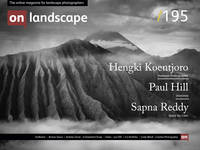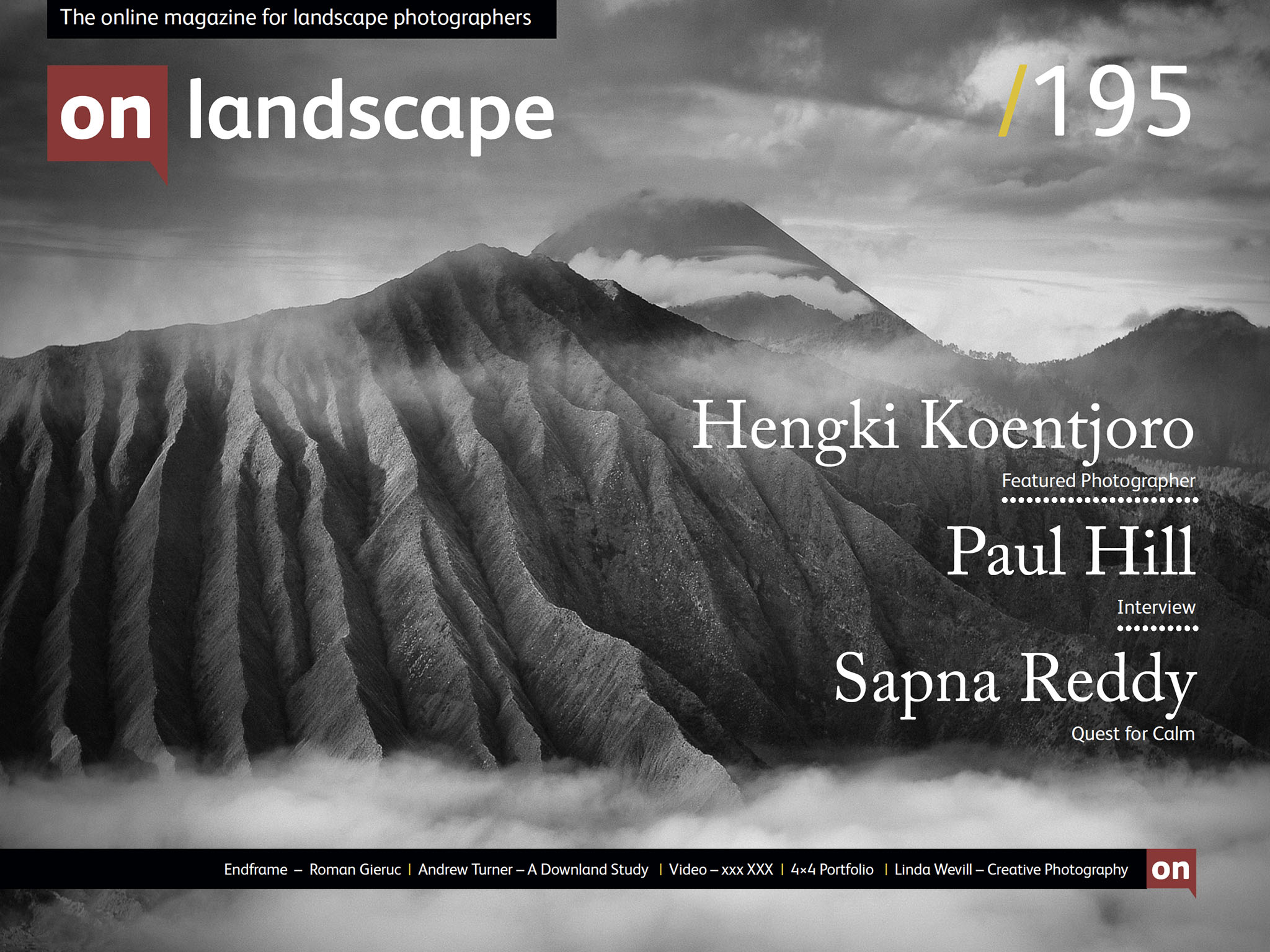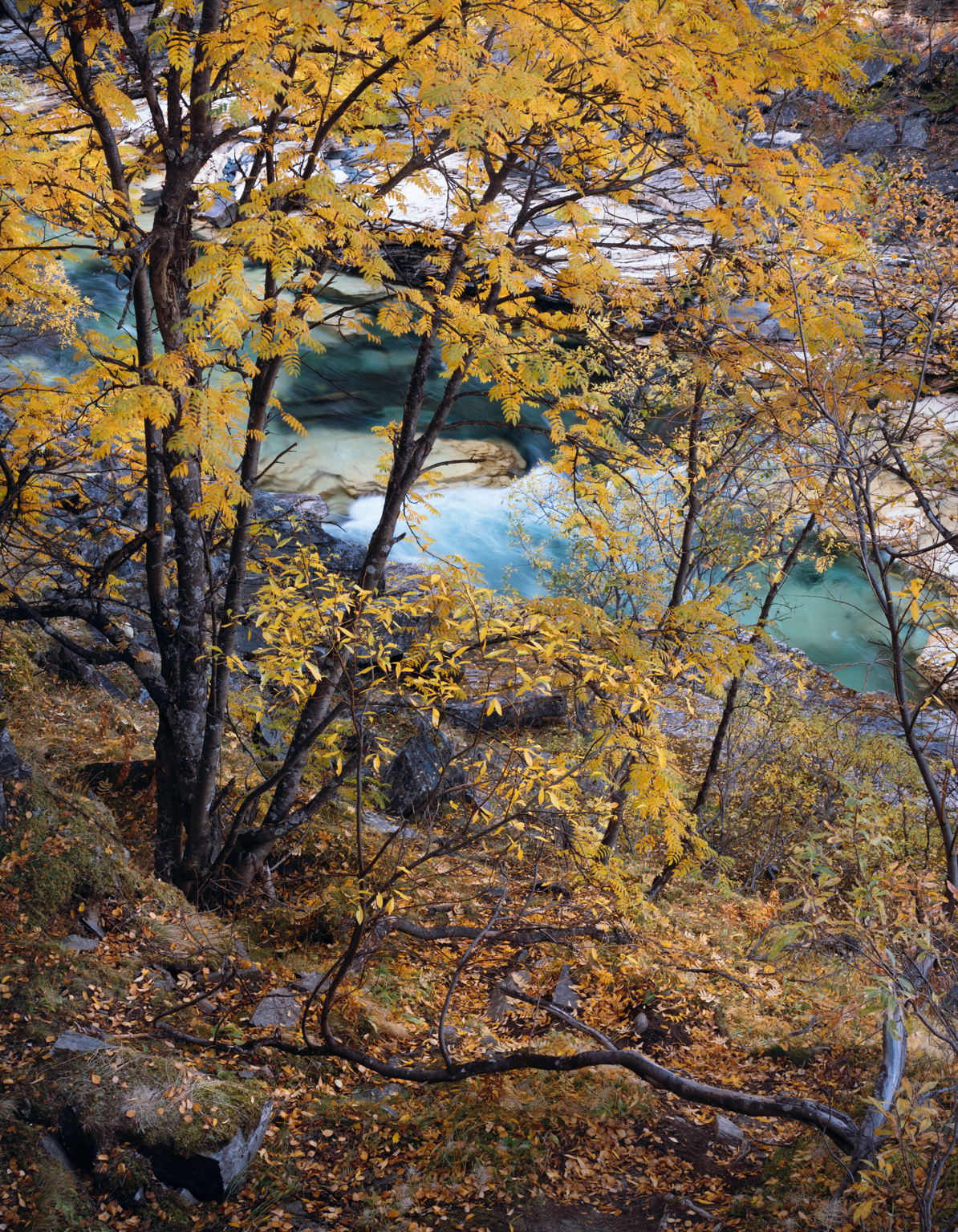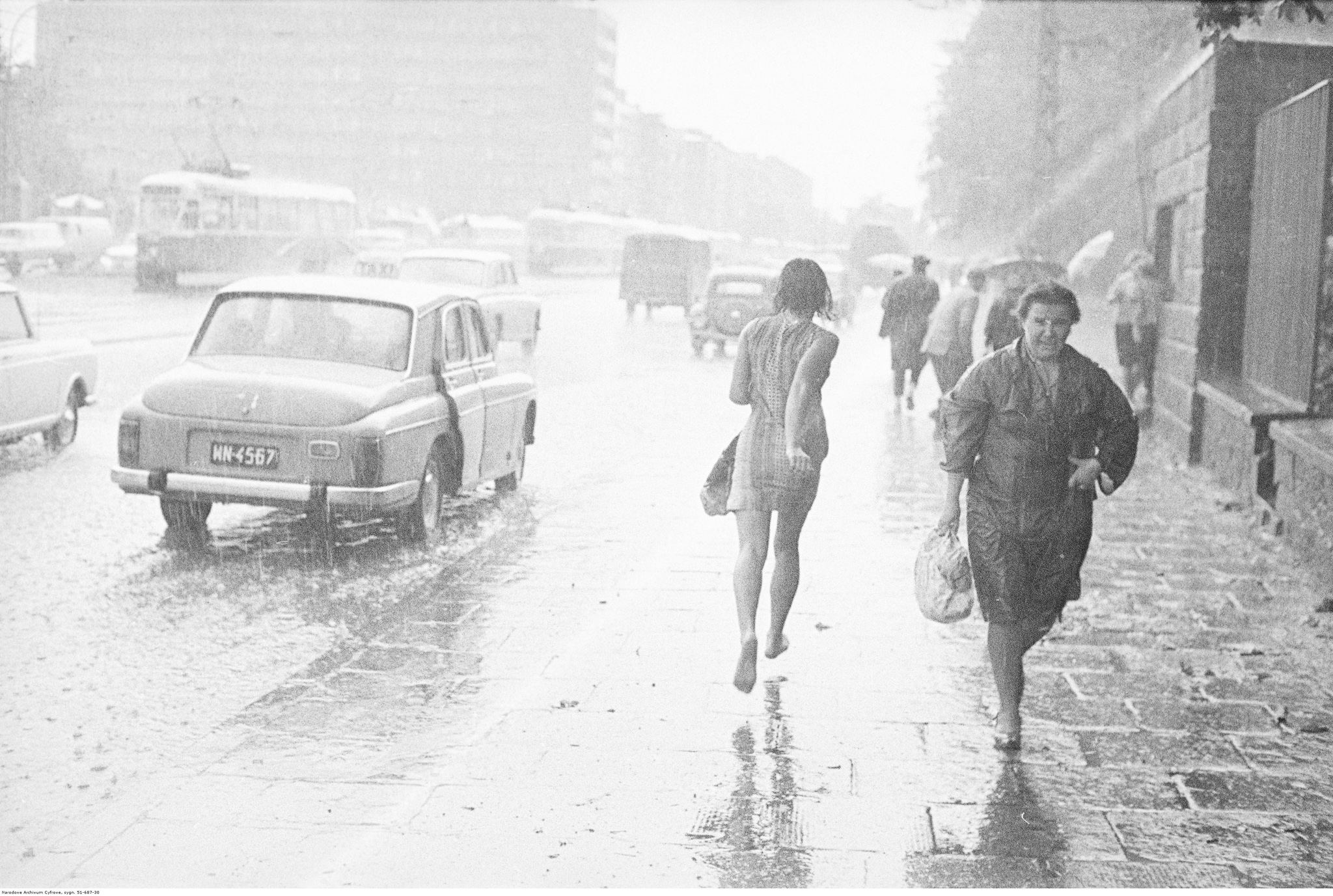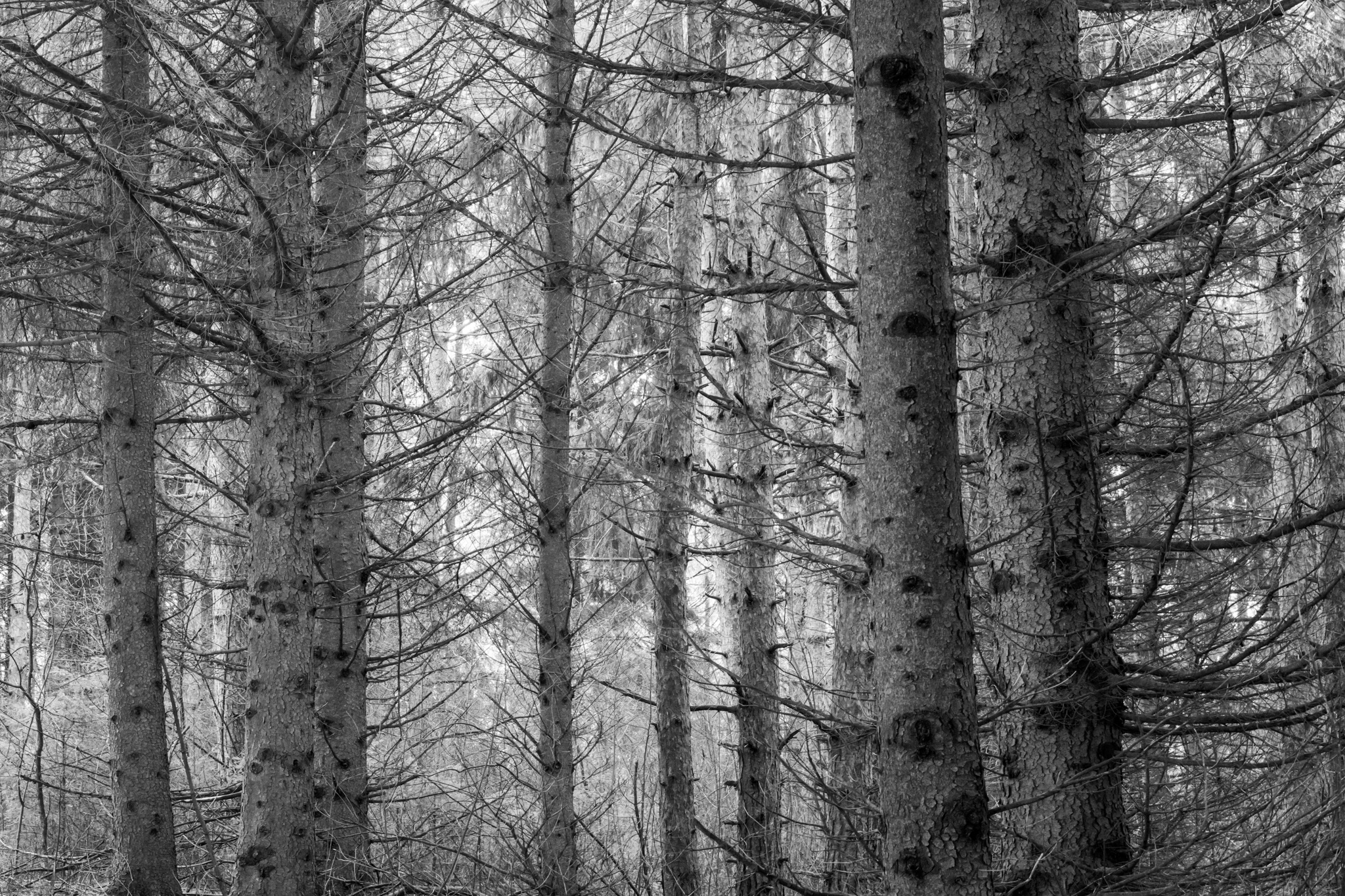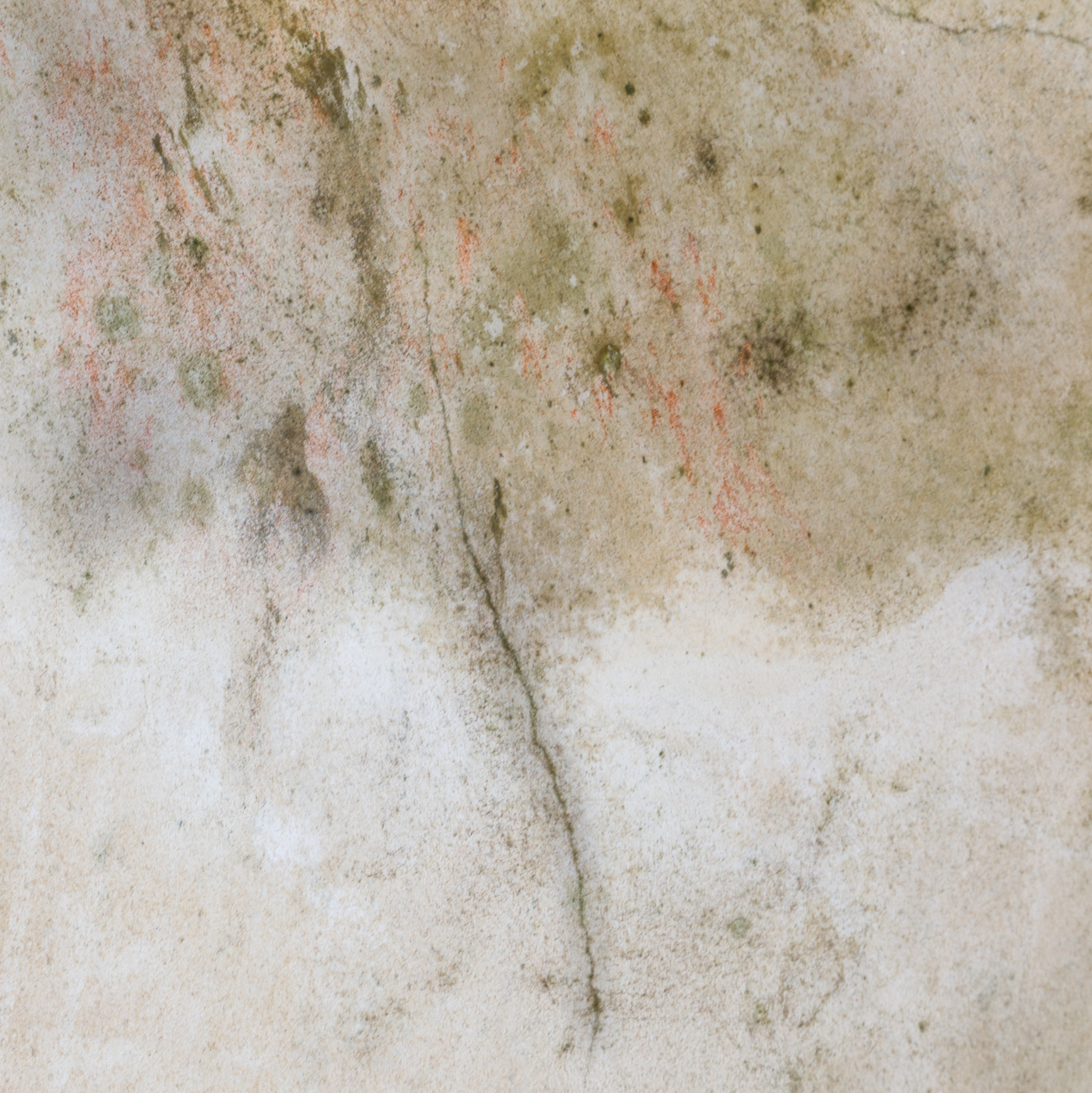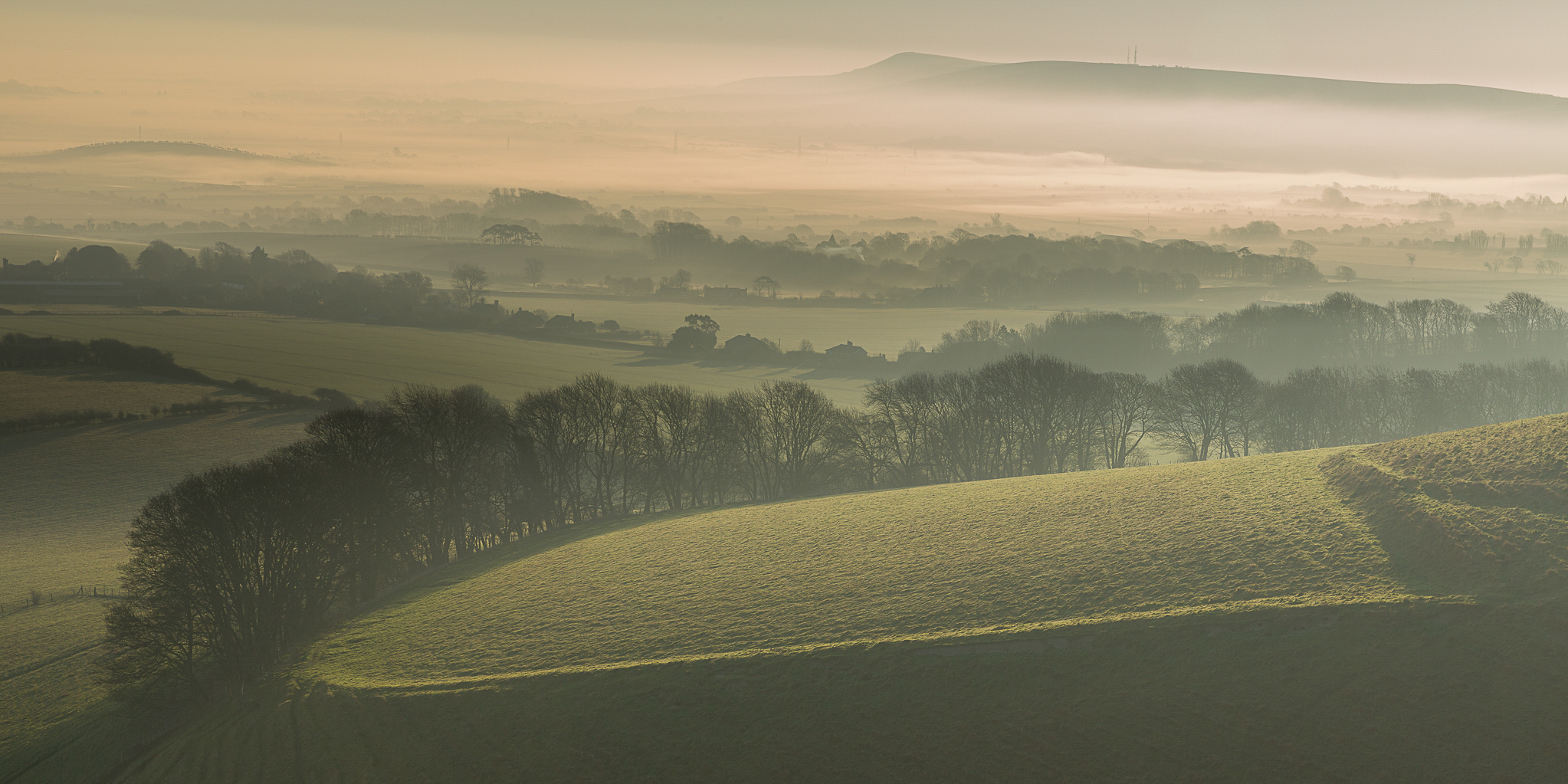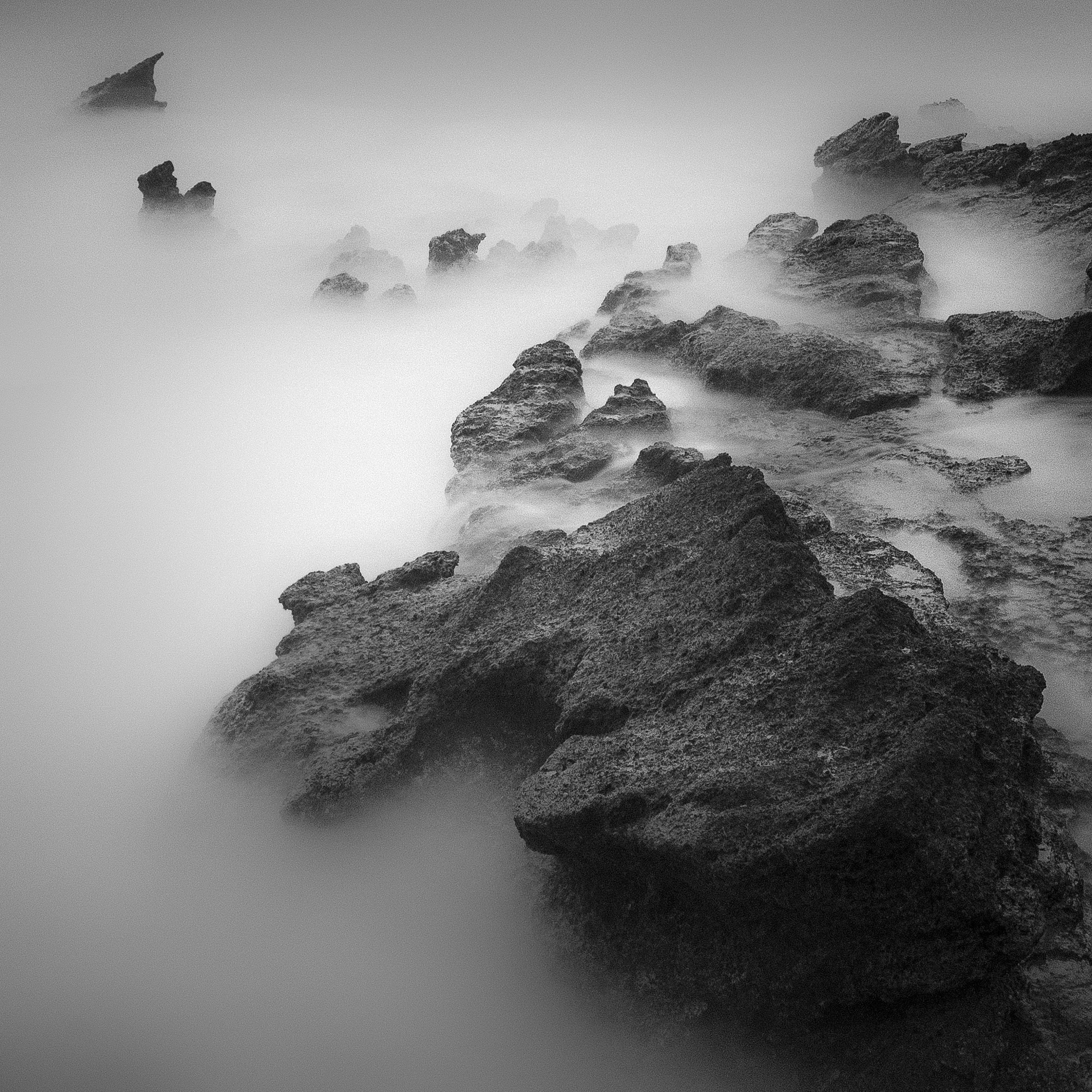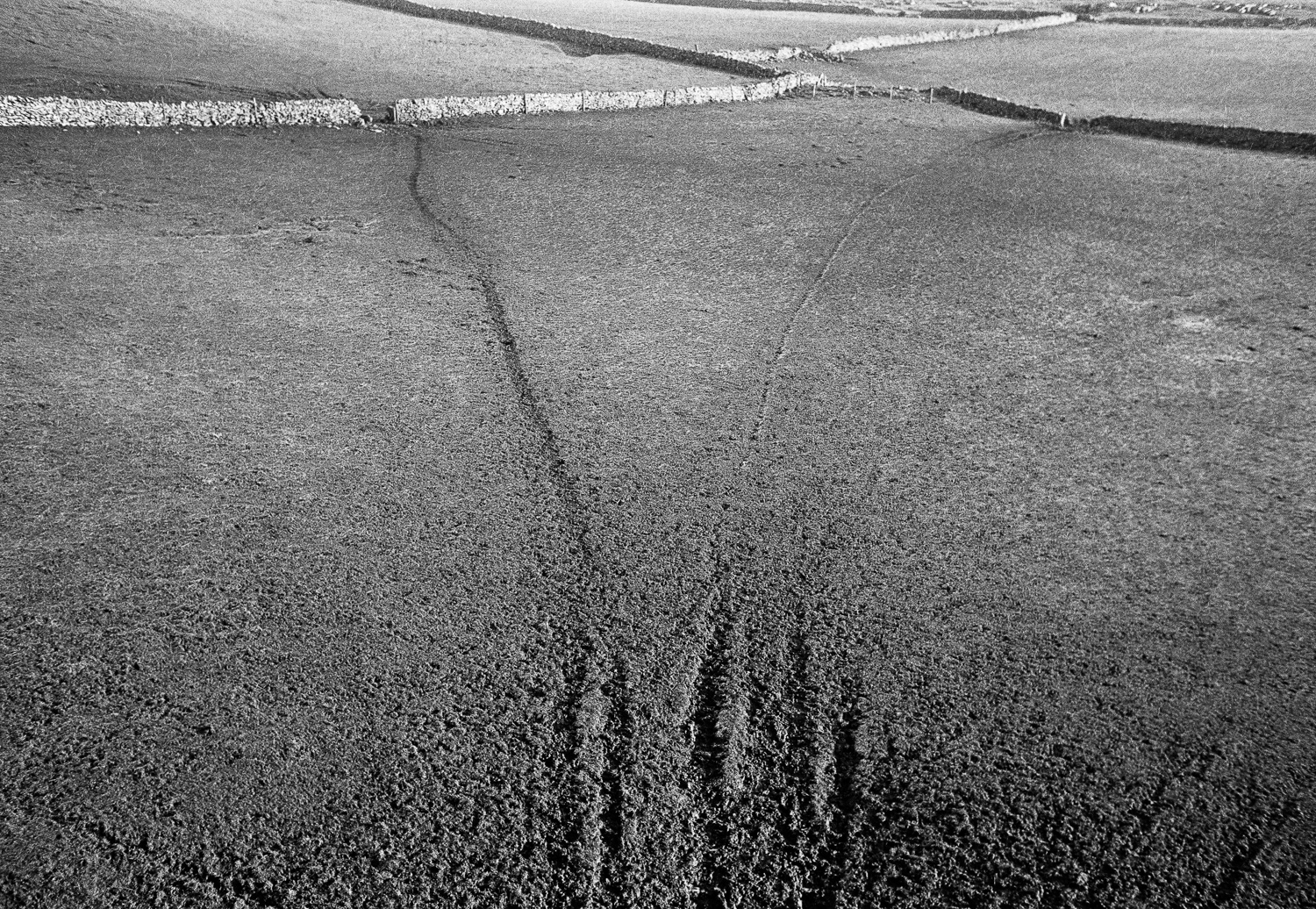sponsored by ..


I recently had a set of unrelated events make me think about the ‘why’ of landscape photography. These were 1) my judging of the International Landscape Photographer of the Year competition, 2) our recent trip to Norway and 3) an interview with Paul Hill. The first aspect was my assessment of what was ‘important’ or ‘engaging’ in landscape photographs as I was trying to give scores to each image submitted for the ILPOTY competition. There were so many ‘great’ photographs of iconic locations that ticked all of the usual boxes and alongside these were less ‘impactful’ images that were of novel locations and conditions and that were taken in an original way. I was unsure how to give comparative scores for these. Then my conversation with Paul Hill raised questions about projects and what photographs say rather than what they were of. Finally, my trip to Norway presented me with so many opportunities for great photographs, because of conditions and subject matter, that I started to ask myself what made a good ‘Tim Parkin’ photograph. Sadly there wasn’t a revelatory ‘Aha!’ moment, but I did realise that, for me as a photographer, capturing ‘stunning’ images wasn’t the challenge. I could do this by going to Patagonia and studying all of the YouTube channels on post-processing to create another ‘wow’. Whereas what I really wanted to do was to present ‘my’ viewpoint on something, my own angle, both literally and metaphorically. The same point of view is developing in my mind about working in Glencoe where what is ‘interesting’ isn’t the fact I can take photographs of icons at any time and in the best weather, but that I can get to know an area intimately and present that understanding to people through my photography. These ideas are still developing and I’m starting to write a project book recording my thoughts which will hopefully guide my work in the years to come (and maybe inspire more articles for On Landscape).
Tim Parkin

Issue 195 PDF
Click here to download issue 195 (high quality, 140Mb) Click here to download issue 195 (smaller download, 180Mb) more

Norway Trip Report
During our last Meeting of Minds conference, one of our regular visitors, Trym Ivar Bergsmo, said to us “Would you like to come and stay with us in Norway sometime and allow me to show you around?” As both Charlotte and I are more of the cold climes holidaymakers rather than the beach and cocktails sort, this caught our interest immediately but in the frantic conference conditions, it slipped our minds. We checked that Trym was still amenable more

End frame: Zbyszko Siemaszko – Untitled (sygn. nr. 51-687-30)
We’re faced with a street well populated by people and vehicles, soaked in the pouring rain. Moreover, taken in a black and white which betrays the photograph’s analogue origins and its age. more

Subscribers 4×4 Portfolios
This issue our 4x4 landscape photography portfolio feature are from subscribers: Chris Cullen, James Popp, Paul Hetzel & Sérgio Conceição more

Quest for Calm
The content of the image i.e. the arrangement of the visual elements could be compared to the words chosen to form sentences, while the tone in which they are uttered similar to the tones we select for rendering our images. more

Creative Photography
For me, it is not about the location as much as interpreting the scene in front of you and looking around for more unusual details in order to convey your emotion and vision. more

A Downland Study
A summer’s day in the low-lying Sussex Weald can turn out to be an early spring or Autumn storm on the Downs. But then the Downs can also feel like a desert in high summer; unbearably hot and dry with a heavy haze with only the distant sound of skylarks to remind you that life is still around. more

Hengki Koentjoro
Indonesia is the country I live in; with thousands of islands, it is easily dubbed as the biggest archipelago nation on earth. The ocean, in particular, is my favourite playground; it is a place where one can see calmness as well as the power of the ocean. more

Interview with Paul Hill
In workshops, we come across a lot of people who you would say are mainstream hobbyists but they take on board and embrace the more challenging ideas that we talk about. more

